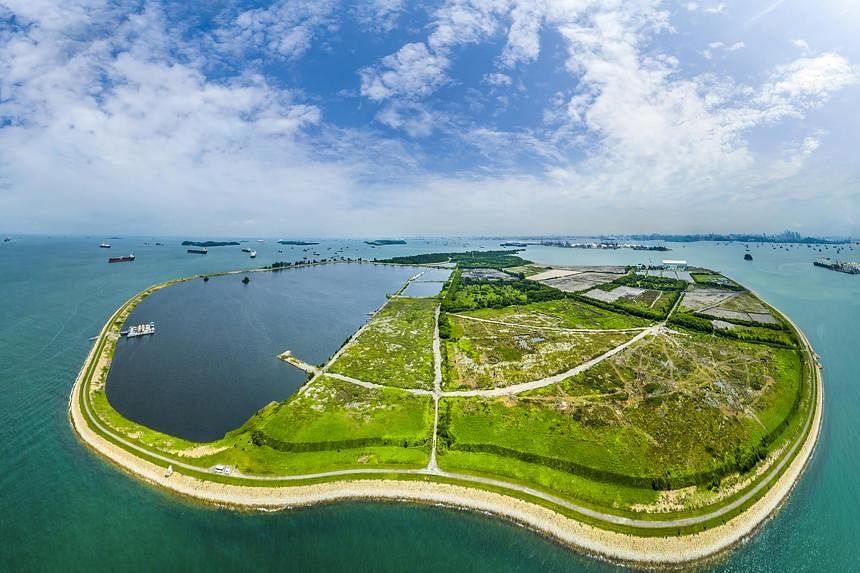SINGAPORE – It looked like a mini forest, a grove of coastal trees growing amid grassland. A heron tiptoed around the bushes.
It is hard to believe that underneath the thick vegetation, incinerated trash from Singapore has been buried since the 1990s, that it is, in fact, part of the substrate on which the trees and bushes grow.
This is Semakau Landfill, seemingly less noxious dumpster than green oasis. Constructed from 1995, it is the world’s first offshore landfill, created by joining two islands – Pulau Semakau and Pulau Sakeng – and closing the sea space between them, where incinerated ash and other waste are dumped.
The plot, or landfill cell, is one of 11 that comprised the first phase of Semakau Landfill, spanning 178ha. Beginning operations in 1999, nearly all its cells have been filled up and topped with soil. Over time, grass and trees took root naturally to form a green landscape.
The second phase of the landfill – comprising 157ha of enclosed sea space – started operations in 2015, and about 10 per cent of this lagoon has been filled. This means that less than half of Singapore’s only landfill remains to be filled, and with current waste disposal habits, Semakau, which can hold up to 28 million cubic m of waste, will be full in 12 years.
Different scenarios and initiatives are being tried out and considered, to extend the lifespan of the landfill.
The obvious strategy is to recycle more, but Singapore’s recycling record is patchy. In 2022, 57 per cent of the country’s overall waste escaped the landfill, but this was no thanks to domestic recycling, which fell to 12 per cent – the lowest rate in more than a decade.
Campaigns and waste management laws that mandate recycling have intensified in recent years, but it remains to be seen what part recycling will play in the target of reducing the amount sent daily to the landfill by 30 per cent by 2030.
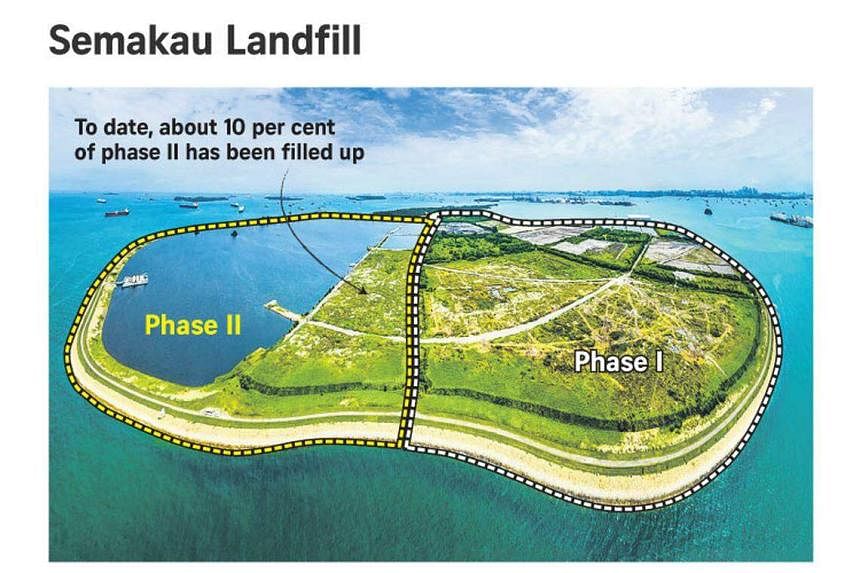
A landfill of greenery
Semakau Landfill has been called the “Garbage of Eden”, in response to the biodiversity of its flora and fauna on the island, from mangroves to seagrass meadows and coral reefs.
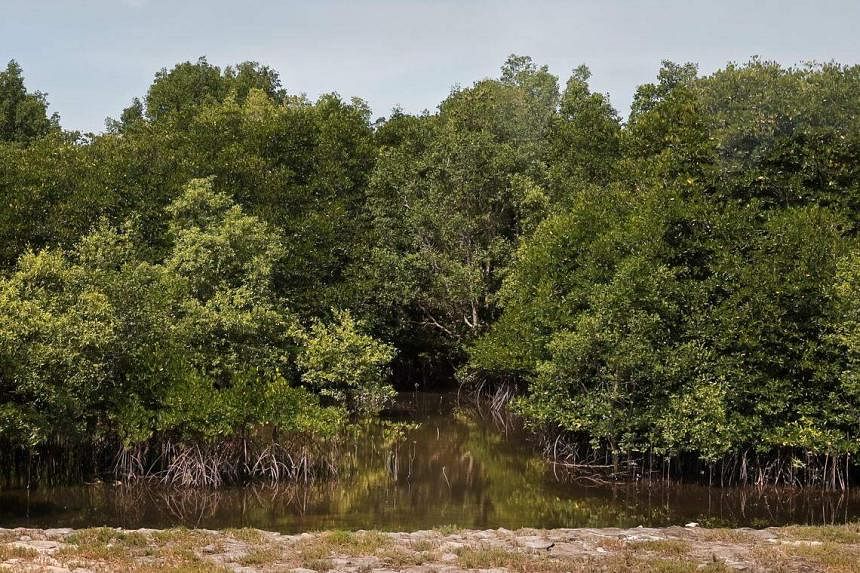
Many of the filled cells host habitats of grassland, marsh and trees. Casuarina, wildflowers and many bird species, including the Republic’s largest bird – the Great-billed heron – and the rare migratory Black-winged stilt have been spotted near the greened plots.
In a 2011 wildlife survey of the landfill, the Asian toad, field frog, green turtle and lesser dog-faced fruit bat were among the fauna sighted. After heavy rain, the raspy calls of amphibians were heard from the site.
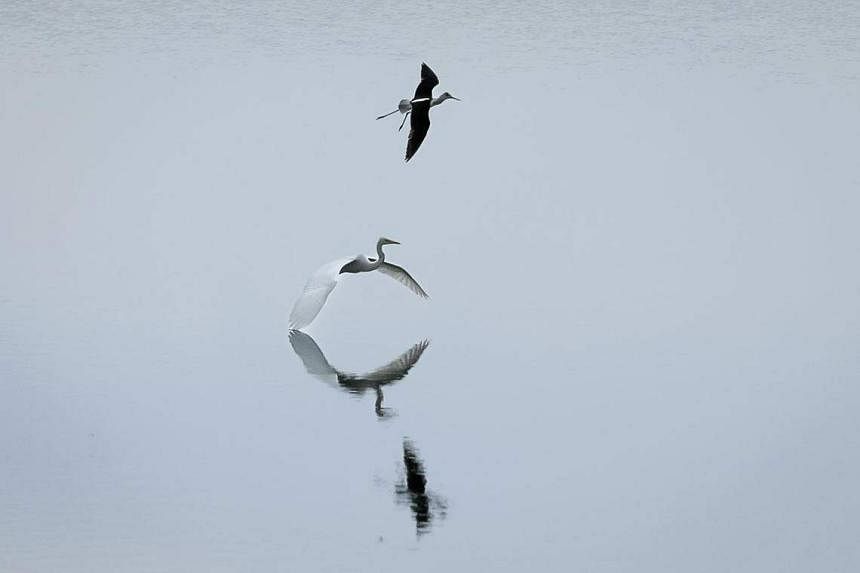
In the partially filled last cell on Phase 1, otters and turtles have been reported, and the waters around Semakau Landfill are home to barracudas, sea bass and milkfish.
Seeing vegetation rising from dead land is awe-inspiring, but biodiversity experts are a bit more discerning. Much of the vegetation comprises non-native, exotic trees and weeds.
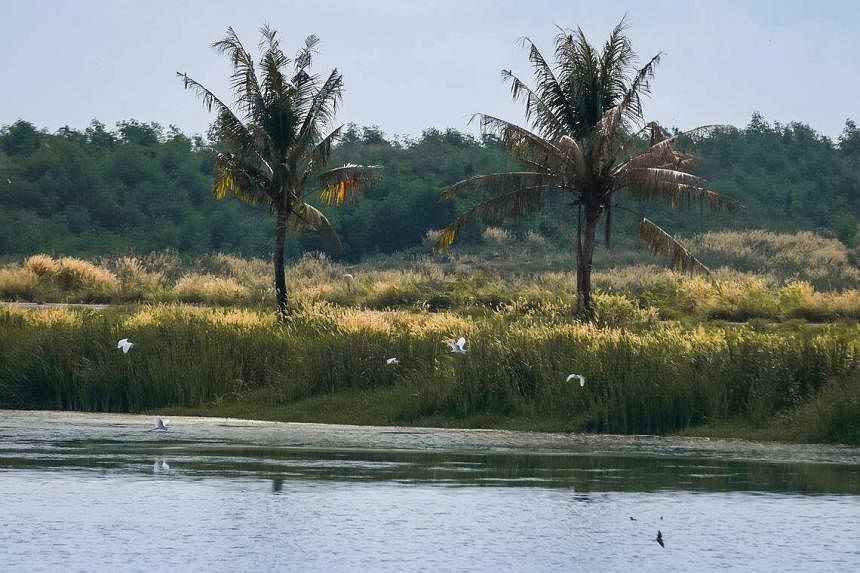
Mr Ashley Welch, a senior biodiversity specialist from global engineering consultancy Aecom, said the River Tamarind tree, also called the lead tree, dominates some of the filled cells.
The River Tamarind is an invasive tree in Singapore, originating from Mexico and Central America. Invasive species can threaten the survival of native biodiversity and upset the ecological balance.
“In some places, casuarina trees were found but, overall, the diversity of tree species was very poor. The incinerated ash seems to provide a pretty harsh environment for many native plants to establish, and so the fast-growing, pioneering Leucaena leucocephala (River Tamarind) has established and taken hold pretty quickly across most of the cells,” he added.
National University of Singapore (NUS) biologist N. Sivasothi has a slightly different take, saying non-native plants are not necessarily always bad, and the River Tamarind is known to improve soil quality.
“It’s a gift from nature that’s free. Non-natives may not be displacing or suppressing growth of natives, but simply colonising uncontested land,” he added.
But for wildlife, some experts raised concerns of potential bioaccumulation impacts from heavy metals associated with the ash that may accumulate up the food chain. Bioaccumulation refers to the gradual build-up of chemicals inside living things.
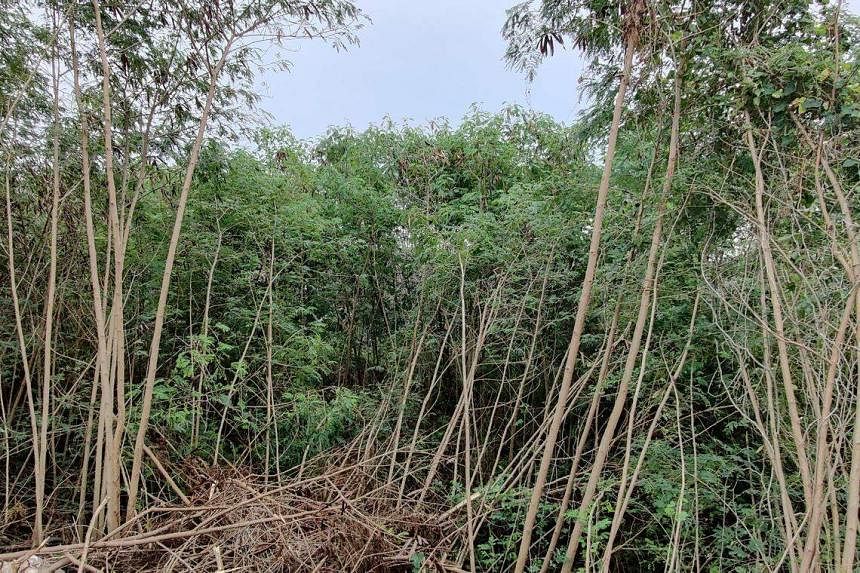
A longer lease of life?
To prevent a waste crisis in the future, the National Environment Agency has given local researchers grants to devise ways to eventually mine and reuse the incineration ash from the landfill, and divert industrial waste from Semakau.
Mixed landfilled materials comprise incineration bottom ash and incineration fly ash – which comes from waste-to-energy plants – as well as waste that cannot be burned like wastewater sludge.
The authorities and researchers are finding out if incineration ash can be an alternative and safe fill material to possibly help build the foundation of Tuas Port’s third phase.
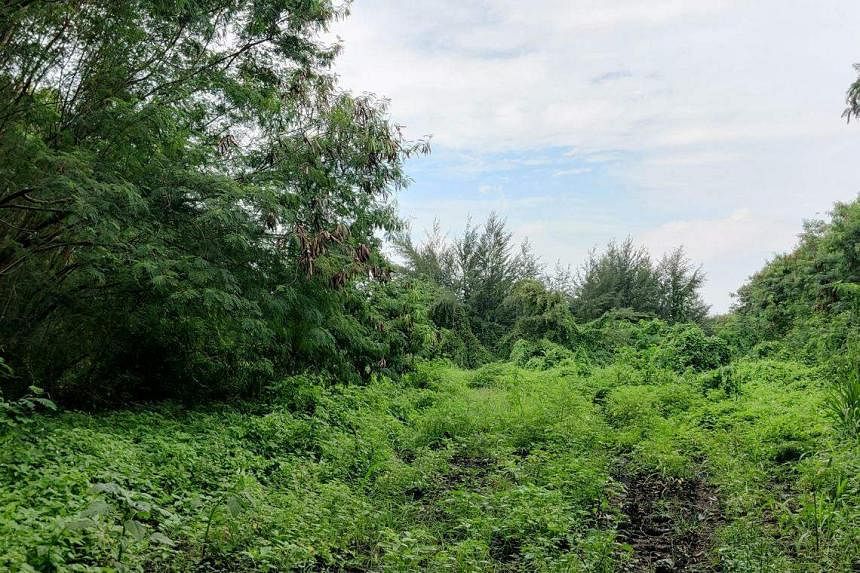
So far, Singapore has NEWSand – a construction material made from incineration bottom ash – that has been used to make concrete benches and a footpath in Our Tampines Hub, for example.
Separately, by capturing carbon dioxide and combining it with ash, scientists from various institutes here have also created an alternative type of sand in the lab. It can be used for land reclamation and for building footpaths and sea walls.
While recycling has long been deemed the holy grail for achieving zero waste, landfill mining is becoming a higher-order solution for circularity, said Professor Seeram Ramakrishna, who chairs the Circular Economy Taskforce at NUS.
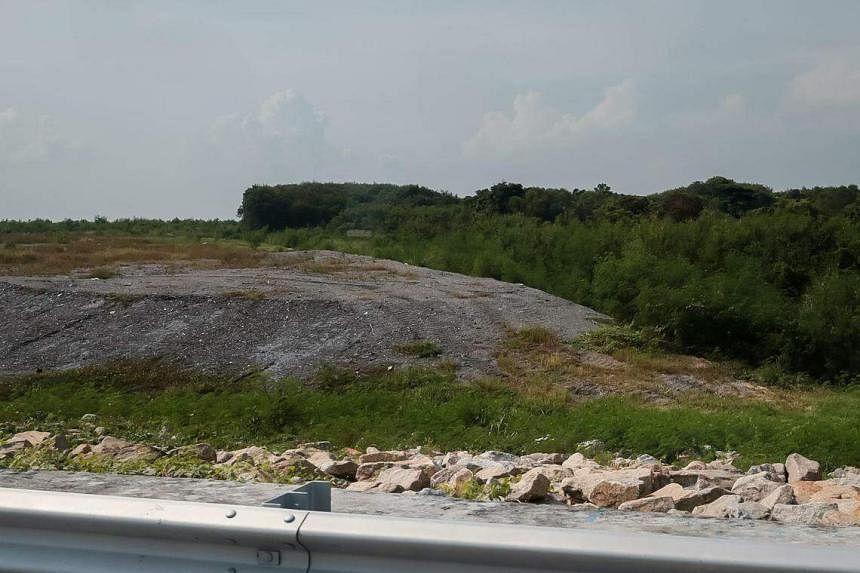
Geopolitical situations could also spur countries to be more self-sufficient with construction supplies, he noted.
As recovering valuable elements and metals from dumps has been gaining momentum abroad, he added: “Implemented with all the safeguards, I would think that the science-led innovations (here) will enable mining of the landfill in the future.”
How the trash from your homes end up in the Republic’s only landfill
1. From bin to incineration

• Waste that is thrown into the rubbish chute is taken by waste collectors and transported to one of four waste-to-energy plants: Tuas, Senoko, Tuas South and Keppel Seghers Tuas.
• Incineration reduces the volume of waste by up to 90 per cent.
2. From mainland to Semakau
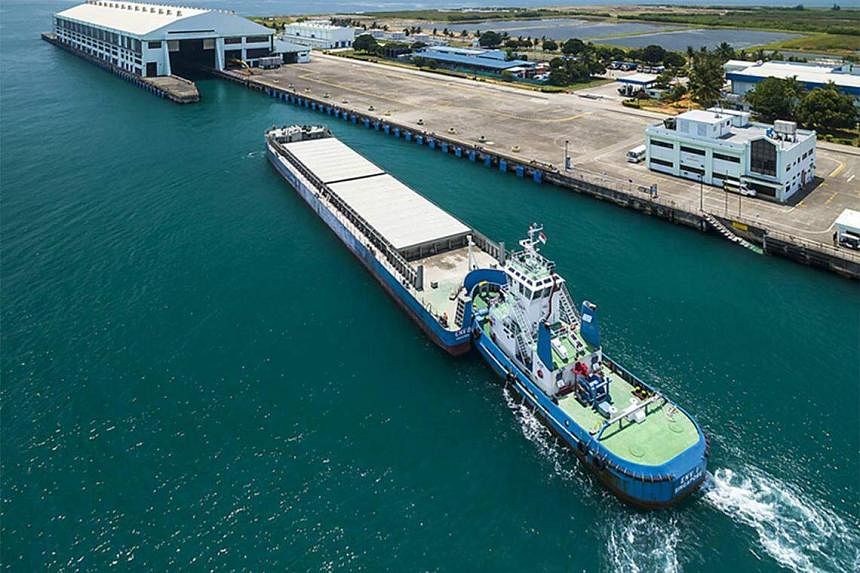
• Each day, at least one massive barge carrying 2,100 tonnes of incinerated ash and waste that cannot be burnt makes the 33.3km journey from the Tuas Marine Transfer Station to Semakau Landfill. Waste that cannot be incinerated includes wastewater sludge.
3. Landfill’s Transfer Building
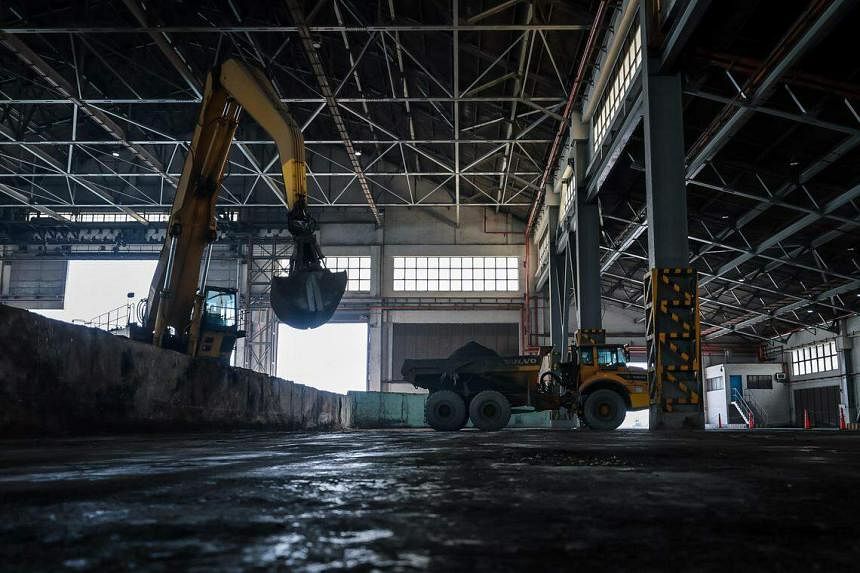
• Large excavators unload the waste from the barge onto dump trucks.
4. Dumping
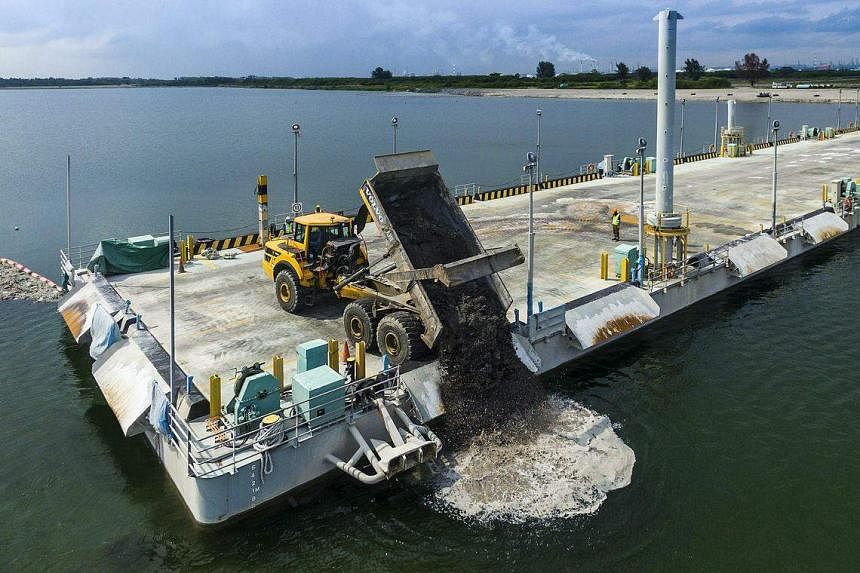
• The ash is dumped from the trucks into Phase II of the landfill.
• To ensure that rainfall and dumped ash do not cause the enclosed seawater to overflow, some water from the cells is channelled to and treated at the landfill’s wastewater treatment plant before being discharged into the open sea.
